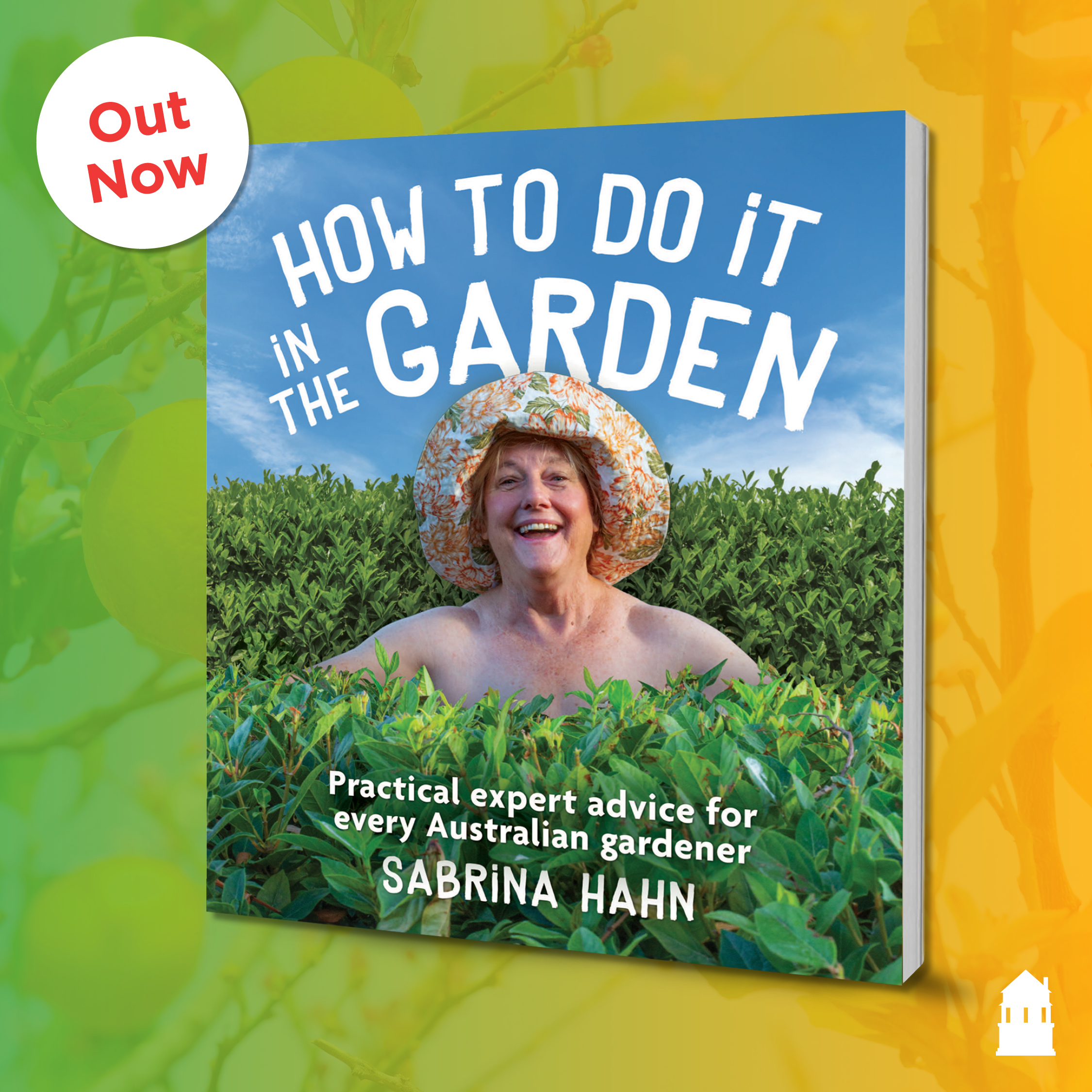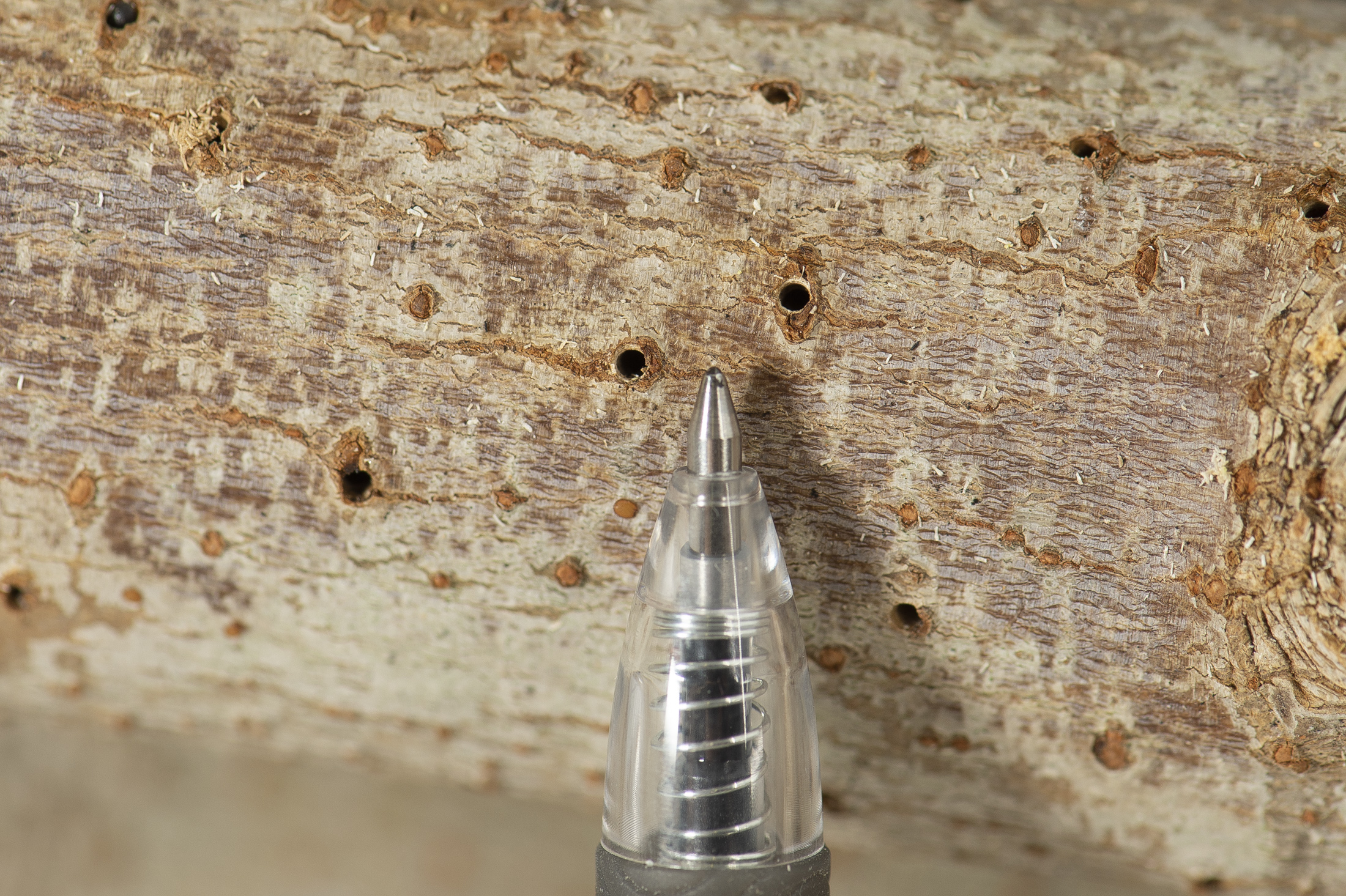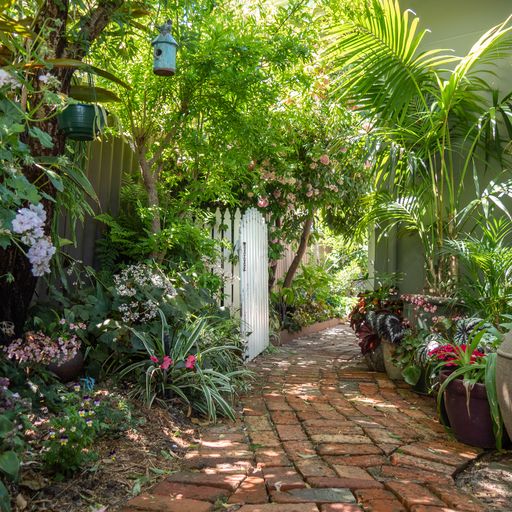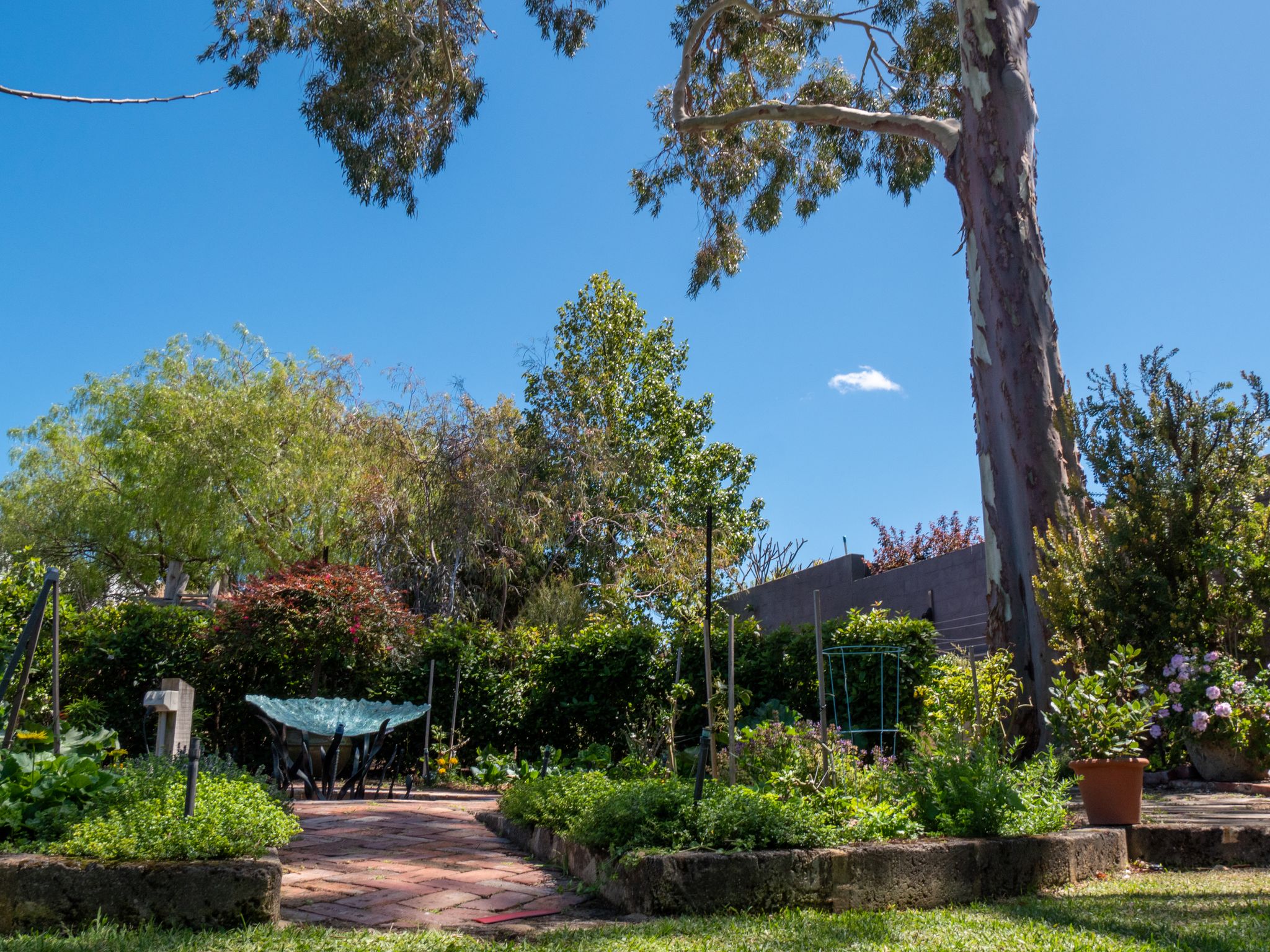Many gardeners are becoming concerned about the lack of bees that are visiting their gardens. This can make pollination of your fruiting trees and veggies a tricky business. Some orchardists are hiring bee hives to ensure full pollination of their crops and many gardeners are taking classes in bee keeping hoping to learn more about harvesting honey and pollination.
One way to entice the bees back into our gardens is to provide them with lots of flowers that have both pollen and nectar. There is no doubt lavender plants are a great attractant to bees, like moths to a light, they will gather and fill their little boots with pollen.
There have been quite a few new shapes in lavenders over the past 10 years, with ruffles, frills, and pinks, white and different shades of purple. Some have been bred for their compact shape, others for the oils, and many for larger and longer flowering. Lavendula pendunculata ‘Ruffles’ Collection has been developed to form ripples on the flower heads. They have been bred for our hotter Australian conditions and are the frilly knickers of the lavender world.
They are in full flower now, but will flower for months on end. The flowers form just above the aromatic grey foliage growing to only 60cm in height and around 80cm wide. There are six varieties in the collection:
‘Boysenberry Ruffles’ has musky pink with centres of swirling white tones;
‘Sugarberry Ruffles’ is more two toned with a mauve/pink shade; ‘Blueberry Ruffles’ has deep mauve/purple heads; ‘Mulberry Ruffles’ has clear deep pink flowers; ‘Sweetberry Ruffles’ – very light, soft pink
heads and ‘Strawberry Ruffles’ has mid-pink heads.
Lavenders require full sun and pruning little and often. Don’t let them get leggy and woody, as it is hard to prune them back into a decent shape. The biggest problem for gardeners is overwatering. They need to dry out between watering and fertilised three times a year, winter, spring and autumn.
Lavender has been used in many herbal medicines for hundreds of years and the oil is still used today to treat stings and bites. If you are into embalming, apparently lavender oil was very useful to the Ancient Egyptians for doing the wrapping. For the insomniacs among us, try putting a little posy of fresh flowers under your pillow. If you are the romantic type, put the posy on top of the pillow, mind you its meant to make you fall asleep, so think about the outcome you want before placing it above or below the pillow.



